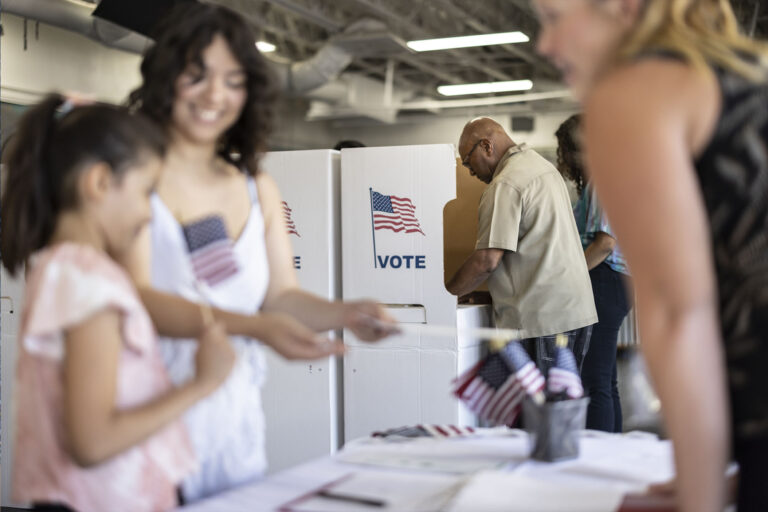Democrats make up nearly half of registered voters; independent registration has declined in recent years.
- The share of registered voters who are Democrats (46.9%) has increased from 2019 (43.1%), the year leading up to the last presidential election, while the share of Republicans (23.8%) has stayed steady (23.6% in 2019).
- The share of voters who say they are independent (also known as “decline to state” or “no party preference”) is 22.5% and has declined since 2019 (28.3%). Meanwhile, the shares registering with a minor political party have increased from 5.1% in 2019 to 6.8% today.
- Twenty years ago, during the lead up to the 2004 presidential election, Republicans made up a much higher share of the electorate (35.2% in February 2003) than today, while independents (15.3%) made up a lower share. The Democratic share (44.4%) in 2003 was slightly lower than it is today.
Most independent likely voters lean toward a major party and many are ideologically moderate.
- In our surveys over the past year, independent likely voters have been more likely to lean Democratic (47%) than Republican (26%); 27% did not lean toward either party.
- These shares are similar to 2019, when 43% leaned Democratic, 31% leaned Republican, and 26% did not lean toward either party.
- Independent likely voters are much more likely to be moderate (46%) than liberal (32%) or conservative (22%). In contrast, 24% of Republican likely voters say they are moderate (72% conservative, 4% liberal), while 30% of Democratic likely voters describe themselves as moderate (60% liberal, 10% conservative).
Likely voters are disproportionately white; Democratic likely voters are more diverse.
- Whites make up only 39% of California’s adult population but comprise 52% of likely voters. In contrast, Latinos make up 36% of the state’s adult population but only 25% of likely voters. The shares of Asian American (13%) and African American (6%) likely voters are roughly proportionate to their shares of the state’s adult population—16% for Asian Americans and 6% for African Americans.
- More than four in ten (44%) Democratic likely voters are white; 30% are Latino, 14% are Asian American, and 8% are African American.
- A strong majority (66%) of Republican likely voters are white; relatively few are Latino (18%), Asian American (11%), or African American (1%).
- Among independents, 50% are white, 23% are Latino, 19% are Asian American, and 5% are African American.
Many demographic traits of likely voters differ across parties.
- Independents (21%) and Democrats (22%) are much more likely than Republicans (9%) to be young adults (age 18 to 34), while Republicans (61%) are much more likely than Democrats (48%) or independents (43%) to be age 55 and older.
- Democratic likely voters are much more likely to be women (57%) than men (43%), while independents are far more likely to be men (61%) than women (39%); Republicans (50% men, 50% women) are evenly divided.
- Democrats (42%), independents (46%), and members of minor parties (50%) are somewhat more likely than Republicans (33%) to be college graduates. About one-quarter of both Democrats (22%) and Republicans (24%) have no college education.
- One in four Democrats (25%) have household incomes under $40,000, compared to about one in six Republicans (17%) and independents (17%). Half or more across partisan groups have annual incomes of $80,000 or more (51% Democrats, 51% minor party members, 55% independents, 59% Republicans).
Topics
2024 Election Political Landscape Statewide SurveyLearn More
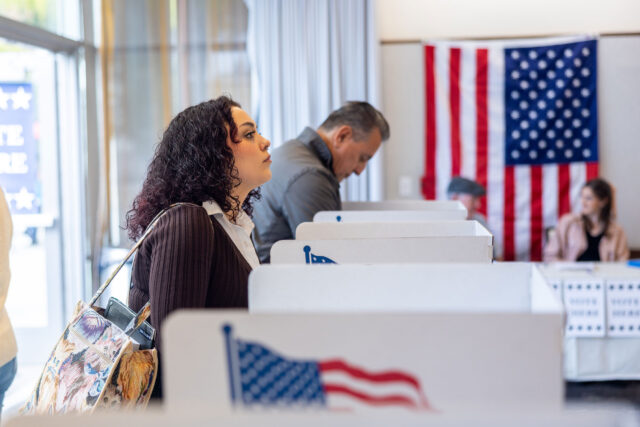
Blog Post · March 19, 2024
Discontent with Major Political Parties Continues to Simmer
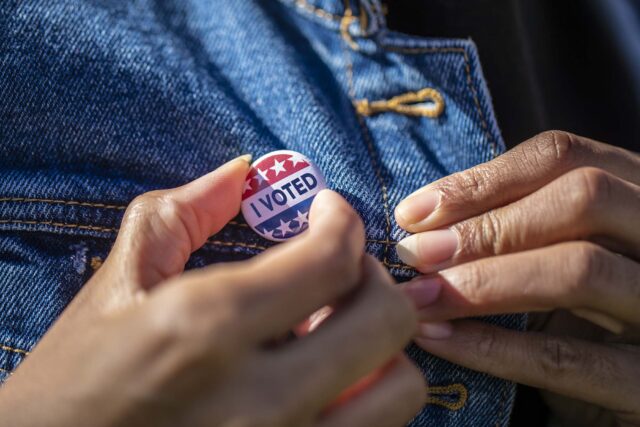
Fact Sheet · August 2023
California’s Likely Voters
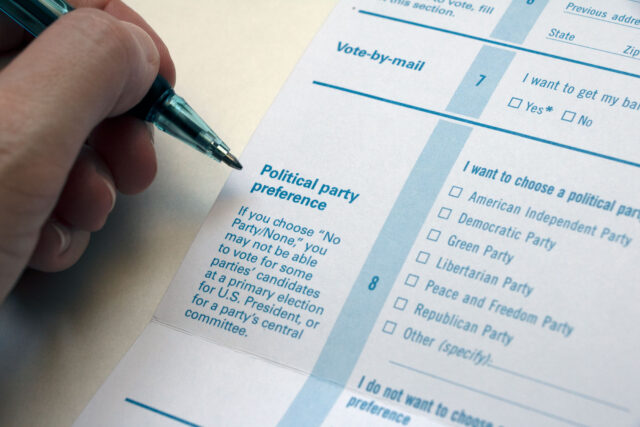
Blog Post · July 17, 2023
Has California’s Independent Registration Boom Ended?
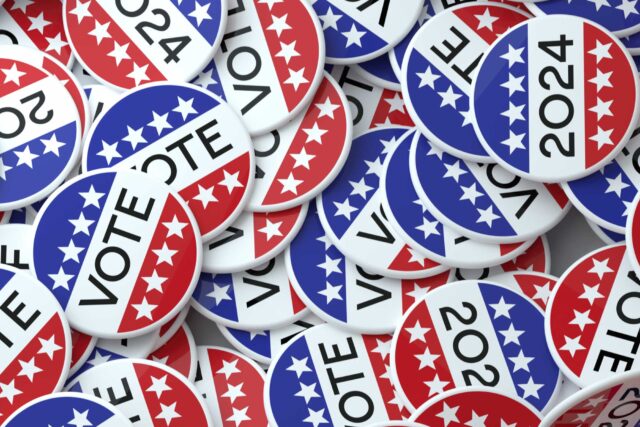
Blog Post · July 14, 2023
An Early Look at the 2024 Election
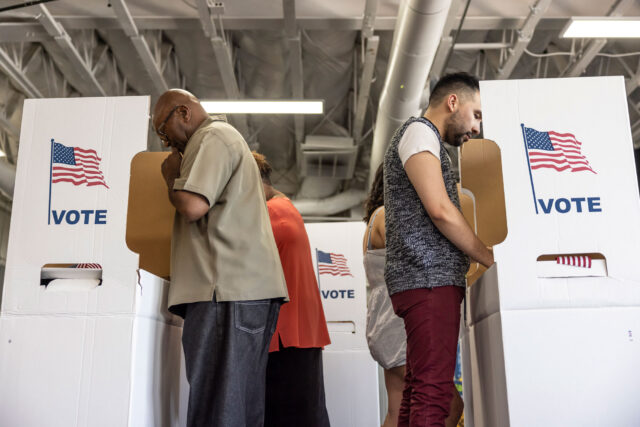
Blog Post · May 24, 2023
Who Voted in the 2022 Election and What Does It Mean for 2024?
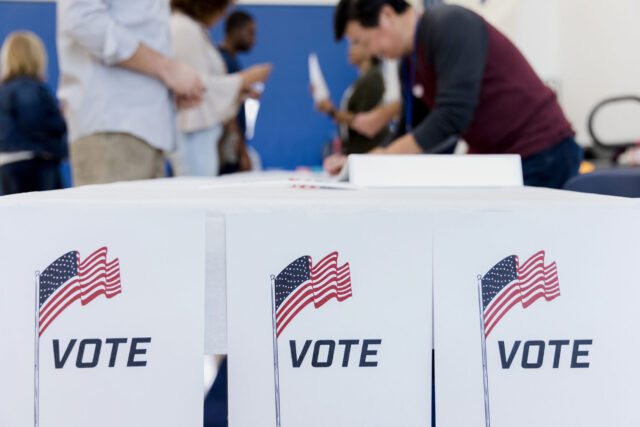
Blog Post · May 9, 2023
The Dynamics of Party Registration in the Golden State


